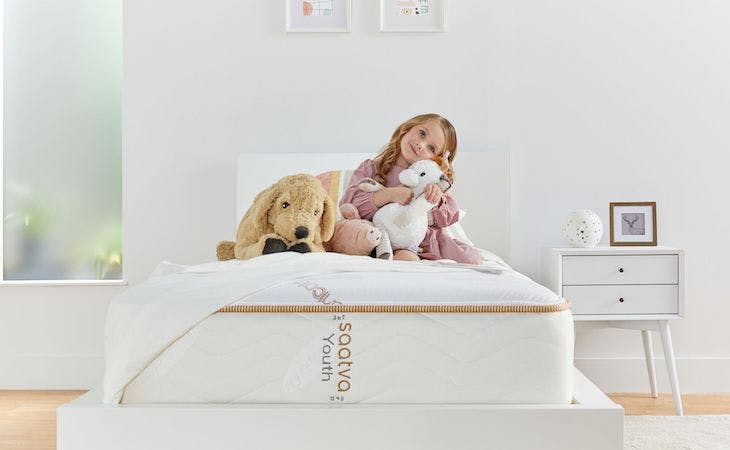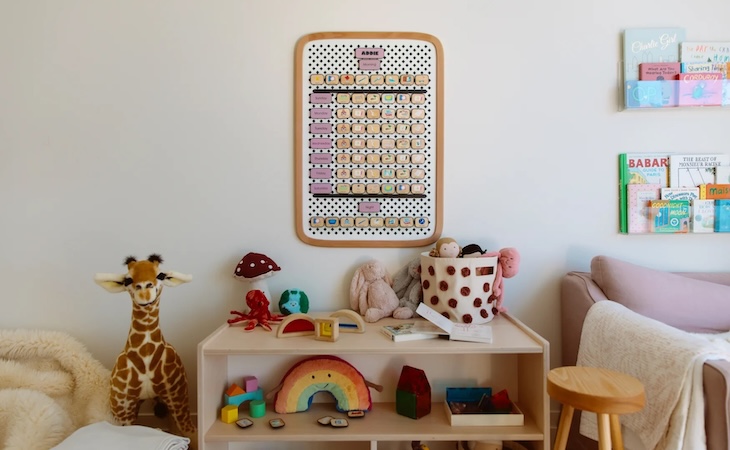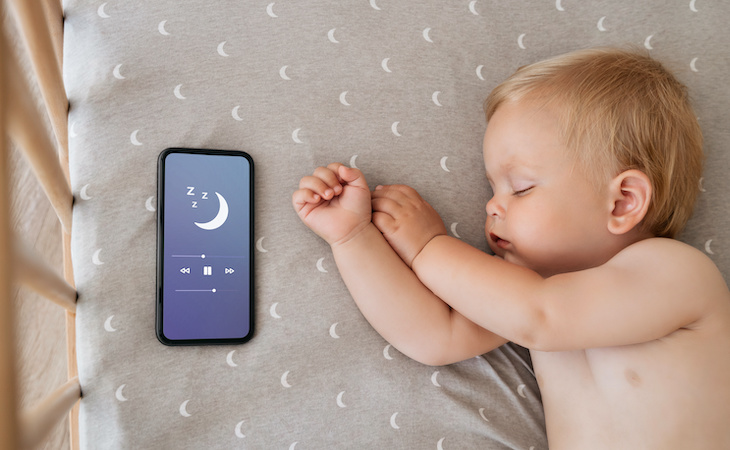Parents often anticipate all of the firsts: a first sleep-through-the-night slumber, first steps, the first day of school. But the lasts—the last night sleeping in a crib, for example—tend to sneak up on us more unexpectedly.
When your little one starts dangling a leg over the side of the crib or starts fighting the place they’ve slept in their whole life, It’s easy to wonder: What now?
The crib-to-bed transition is a natural and inevitable one of toddlerhood. Research notes most 3-year-olds sleep in a bed. But when exactly to make the switch varies. Some kids hop out of the crib and into a bed closer to 18 months; some don’t make the move until after age three.
How to transition your toddler from crib to bed
Not sure when—or how—to move your child’s sleep environment? Let this be your guide. But just remember: You know your child, their sleep setup, and what works for your family best.
Time things right
According to the National Sleep Foundation (NSF), once a toddler is big enough to climb over the rails of a crib—something that happens around 35 inches tall and between 18 and 24 months of age—they’re likely ready for a bed since climbing is a safety hazard.
You can lower the crib closer to the floor if you don’t think your child is ready to transition out of the crib yet, or you can use climbing as your cue that the days in the crib could be coming to a close.
You also might be thinking about making the crib-to-bed switch if you’re having another baby. Per the NSF, pregnancy can be a good time to ease your toddler into a new bed. Just be sure to give them enough time to get used to their bed before the baby arrives.
Just how much time will vary from child to child. Some kids might benefit from a week of seeing the bed in their room before they want to sleep in it. Some children might see a bed and want to sleep in it that night. Allow your child to help lead the transition by paying attention to their comfort levels.
Not sure about when to time the move? Touch base with your pediatrician, who can help you understand what’s best for your family, the NSF suggests.
Choose a bed
If you’re looking for a bed for your toddler, you’ll likely find you have two options: toddler beds or twin beds.
Essentially, a toddler bed is a crib-bed hybrid that’s smaller than a twin. Toddler beds tend to be lower to the ground and more thematically kid-like. Some people choose this as the next step out of the crib.
Other parents switch right to a twin-size bed, which is a longer-term play and an age-appropriate option.
There’s no right answer in terms of which bed to choose; you just need to consider which works best for your family. Learn about our
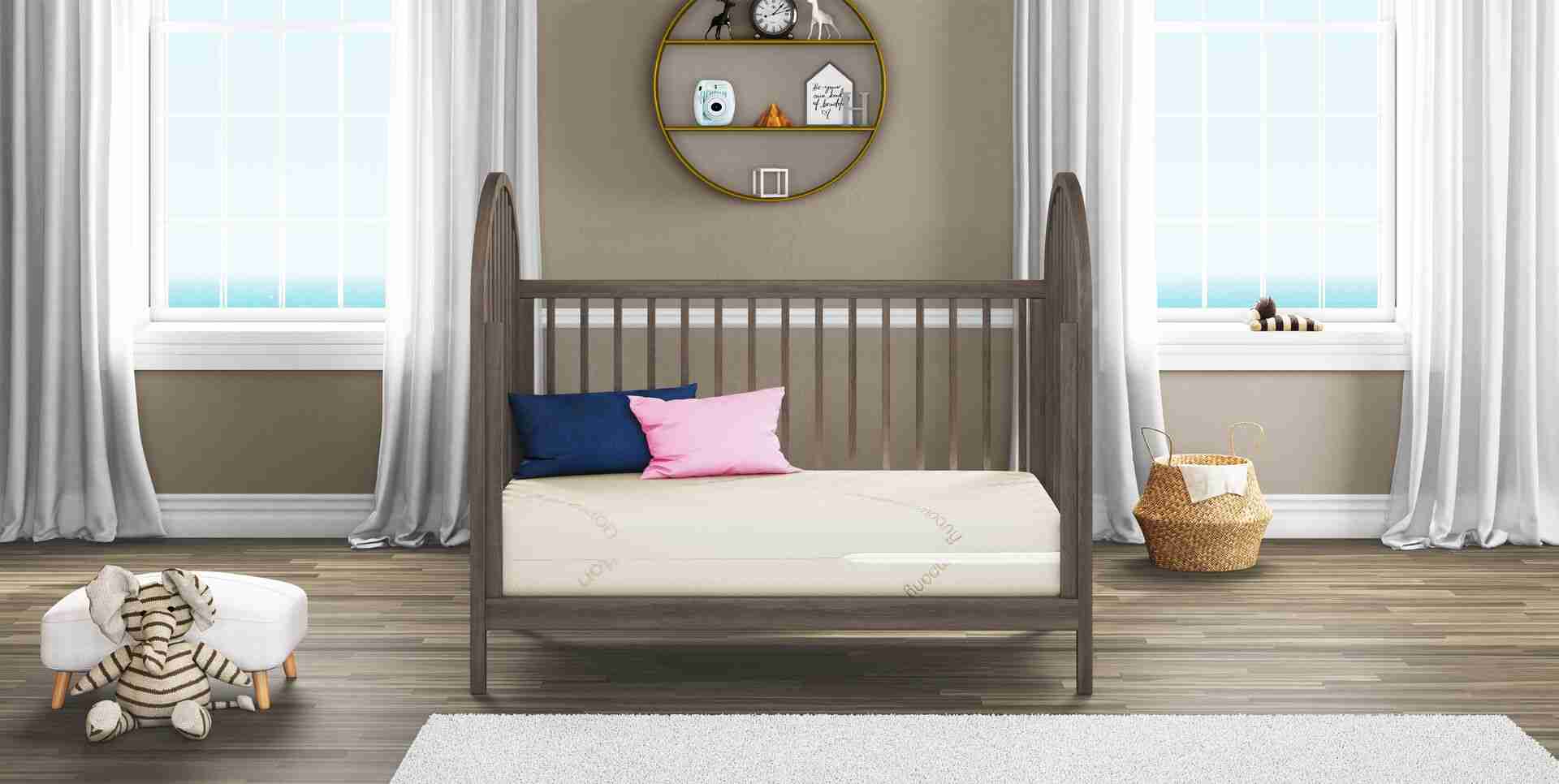
Our dual-sided crib mattress for little ones
and
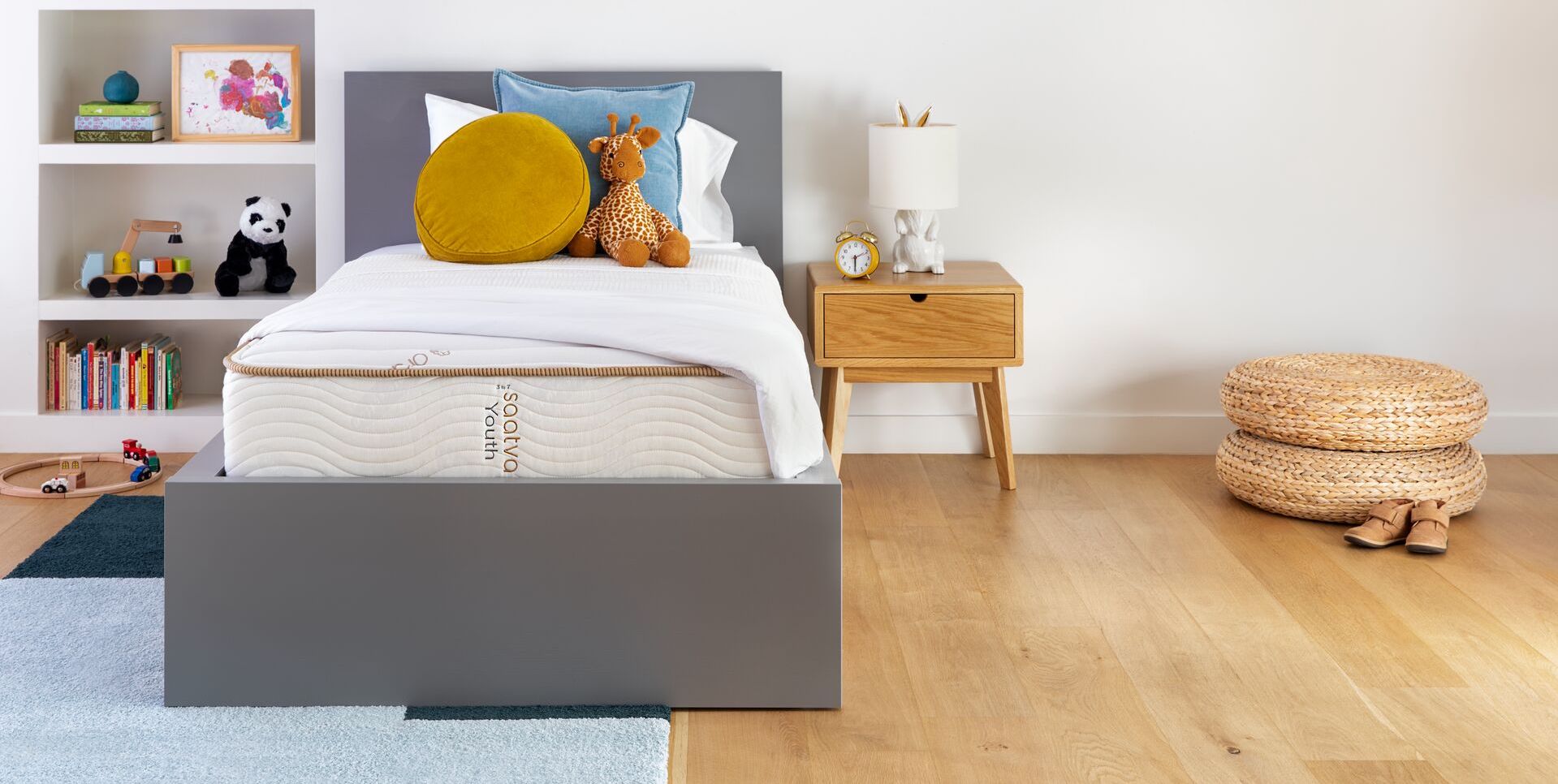
Our dual-sided nontoxic crib mattress for little ones
Keep your routine in place
The biggest change a big kid bed brings is the most obvious one: Your child can get out of a bed. The American Academy of Pediatrics (AAP) says most kids are excited to move out of the crib and into the bed. But every child is different. Keeping your bedtime routine in place is a key part of a smooth transition, the group notes.
When your regular bedtime routine ends and your child is in bed? Remind them to stay in bed until you come and get them in the morning, advises the AAP.
If your child gets up and wanders, calmly bring them back and remind them that at night, they stay and sleep in their bed (unless they have to use the bathroom if they are potty trained).
You could also tell your child you’ll come back to check on them throughout the night—something that provides reassurance to some kids.
Prepare for a transition
All transitions take time—for adults and kids. (Think about the first night you sleep in a hotel room that’s new and different. You probably don’t sleep like you do when you’re at home.)
The AAP even notes that having to remind your child 20 times that they need to stay in their bed might not be unusual on the first night in a new bed. Of course, it’s also true that some children switch over to the bed, never get out, and never look back—so truly, every kid is different.
Be patient with yourself and your child, be open-minded, and keep interactions short and quiet as to not draw too much attention to the behavior, the group suggests.
Talk about it
Talking about the bed during the day (when there’s no pressure to sleep) can also help your child adjust to a change.
Asking questions—What do you think of your new bed? How would you feel about sleeping in a bed as mama does?—can also get them used to the idea.
Try to avoid assumption statements such as, Aren’t you so excited about your bed?
Instead, observe their reactions and reflect back to them some of the emotions they might be feeling: Sleeping in a new place can be kind of scary. I get scared, too, but you’re safe here—or, I think you’re feeling excited about your bed and also a little nervous. That makes sense. We can sleep in your bed when you’re ready.
Make it fun
Is your child’s lovey an elephant? Do they love princesses? Is purple their favorite color?
Incorporating some of your toddler’s favorite colors, animals, or things in their bed can make it feel like their own—and thus, more comfortable and enticing. Consider bringing them along to pick out a fun pillow or making a point of showing them the elephant sheets you picked out.
Safety-proof the room
Your nursery may already be baby-proofed—but with a mobile toddler, you may need to do more.
The AAP recommends keeping the bed away from furniture and large toys that could hurt your child if they fell against them and considering a safety gate for the bedroom door if they wander.
You’ll also always want to have a baby gate at the top of the stairs. Use childproof latches or tape on drawers so your child can’t pull them out and stand on them and make sure the room doesn’t have dangling window pane pulls. Keeping the bed low to the ground is also important in the event your child did fall out.
Taking these steps will ensure your toddler will be safe in the (inevitable) event they do get out of bed—and it will help you rest easy too.
We’ve rounded up even more advice to help you transition your child’s nursery into a big kid room, as well as these toddler sleep tips to help your growing child snooze soundly.

